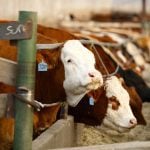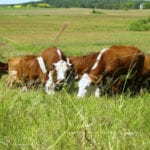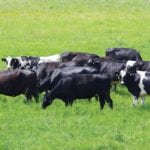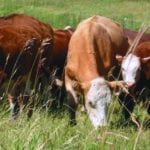
Tag Archives Manitoba Beef Producers

Manitoba sees good cattle prices in 2018 despite adverse weather
Concerns over a U.S. ‘wall of beef’ may drag on markets

Culling best when earliest
No one wants to cull, but could producers have saved themselves pasture, herd size and market headaches if they had started winnowing a little earlier this year?

Livestock producers worried as grazing leases head to auction
Farmers say too many details are still undetermined as the new system gets closer to reality

WLPIP expands payment window
The cattle industry has welcomed insurance changes that will allow it to hold back premiums on its WLPIP policies until after the plan expires

Time to tailor insurance, says Manitoba Beef Producers
The issue is also expected to be front and centre for the upcoming annual general meeting this winter

RMs added to national livestock tax deferral
Producers from 17 new RMs may be in line for some tax relief if they are forced to cull this fall

Predators taxing livestock ranchers
A working group is eyeing a pilot project to seek solution

Details of Crown land changes for grazing raise concerns
Beef producers have won a few battles as the province pushes Crown grazing land changes, but others have raised some questions

What does bird-friendly grazing look like?
Is twice-over grazing the way to go on a SARPAL-committed pasture? The system shows promise, but providers say ideal grazing system may depend on the operation

Beef producers put spotlight on Crown Land changes
Producers raise questions on access, lease terms as MBP makes its membership rounds and Bill 35 makes its way through the Legislature


